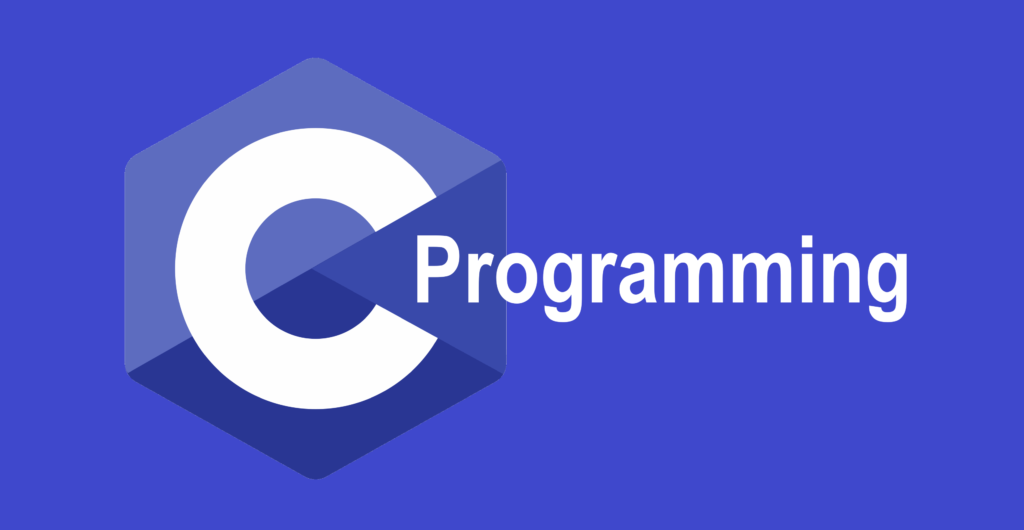Understanding Memory Management in C
In the realm of computer systems, primary memory is segmented into four key components: data, stack, heap, and code.
Exploring Memory Management
The essence of memory management lies in the understanding that memory is a precious and finite resource within a system. Effective memory management involves utilizing and requesting only the necessary amount of memory. Once the memory is no longer needed, it is released, allowing the operating system to allocate those memory blocks to other software. This prudent practice is referred to as memory management.
The Reality of Memory Allocation and Deallocation
When requesting memory using functions like malloc, you’re not directly asking the operating system for memory. Instead, this method selects an available memory block from the pages previously provided by the OS to your program or software. Similarly, when you release memory using free, you’re freeing up the memory block within your program, not returning it to the OS.
Note: Regardless of how much memory your software might leak, the operating system reclaims the memory upon termination.
Understanding Stacks

In the context of memory management, “stacks” refer to a type of system memory that the OS allocates when a new process is loaded. Each process is provided its own stack to keep track of critical information. The concept and fundamental idea behind stacks in memory management are akin to their data structure counterpart - Last In, First Out (LIFO).
Stacks are high-performance memory segments used to track vital information. Typically, there’s a fixed limit that the OS can allocate to a specific program or process. Each stack is partitioned into stack frames, with each frame storing data like arguments passed to function calls, local variables, and information necessary to recover the previous stack frame.
Where Is the Stack Defined?
The stack is a part of the system’s RAM. The OS divides RAM into various segments, one of which is the stack.
Why Is Stack Data Access Faster Than Heap?
Stack operates on the principle of Last In, First Out (LIFO) memory structure, necessitating only a pointer to the topmost memory slot. There are two operations associated with stacks: PUSH and POP.
- PUSH: Decreases the Stack Pointer (SP) and stores data in that slot.
- POP: Retrieves data from the slot to the specified register and decrements the SP.
Memory allocation in the stack translates to a single opcode operation, making it significantly faster. Data is always at the top of the stack, and hardware-level support further enhances its efficiency.
Understanding Heaps
In memory management, heaps refer to memory allocations beyond the stack. When a process is first registered, the OS allocates a certain amount of memory as heap memory. Whenever you use malloc or calloc, you are essentially utilizing a freed piece of heap memory that you possess. In the case of calloc, every memory slot is reset to 0.
Heap memory operations are slower due to the complexities of allocation and deallocation algorithms. The heap memory allocated to a program can be resized over time, potentially leading to fragmentation issues. Interpreted languages often employ a “garbage collector” within their runtime to handle memory cleanup and defragmentation. There are no strict rules for memory allocation and deallocation in the heap; memory can be used at any location and freed at any time.
Understanding these memory segments and their respective management strategies is crucial for efficient and optimized memory utilization in C.

